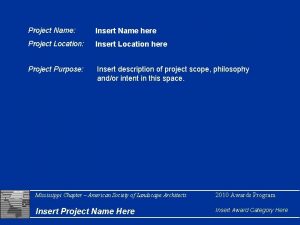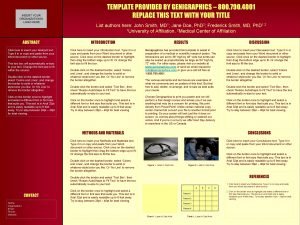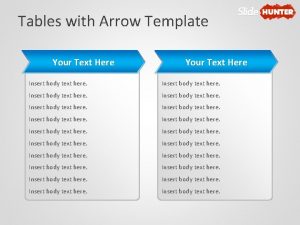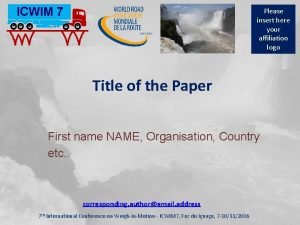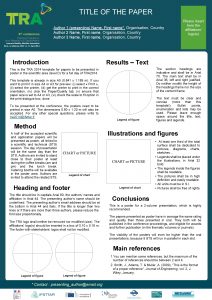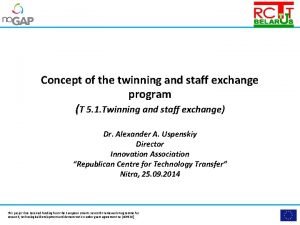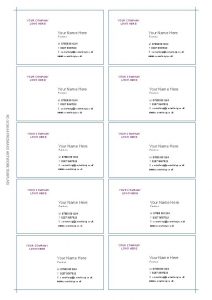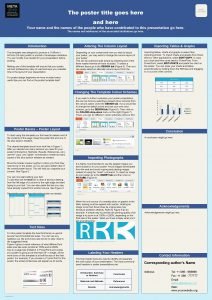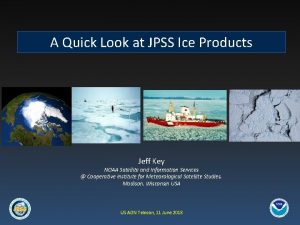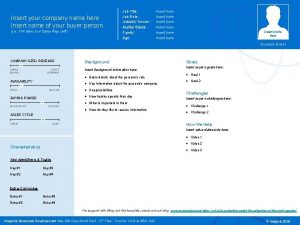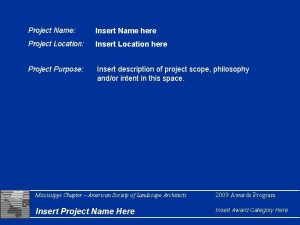Overview of JPSS Ice Products insert name here























- Slides: 23

Overview of JPSS Ice Products <insert name here> Cooperative Institute for Meteorological Satellite Studies, Madison, Wisconsin USA Coast. Watch/Ocean. Watch/Polar. Watch Annual Meeting, 15 August 2018

The Cryosphere and JPSS River and lake ice ✘ ✘ Ice sheets, ice caps, ice shelves ✓ Sea ice Permafrost and seasonally-frozen ground Snow ✘ ✓ ✓ Glaciers 2

JPSS Snow and Ice Products NPP/JPSS VIIRS • Snow cover (binary) • Snow fraction • Ice thickness and age • Ice concentration • Ice surface temperature • Ice motion (experimental) • Sea ice leads (under devel. ) • Polar winds AMSR-2 on GCOM-W 1 • Snow cover • Snow depth • Snow water equivalent (SWE) • Ice characterization • Ice age class (first-, multi-year) • Ice concentration • Ice motion (experimental) 3

VIIRS Ice Surface Temperature IST provides the radiating, or “skin”, temperature of the sea and fresh water ice surface under clear-sky conditions. It includes the aggregate temperature of objects comprising the ice surface, including snow and melt water on the ice. The VIIRS IST EDR provides surface temperatures retrieved at VIIRS moderate resolution for ice-covered oceans both day and night.

VIIRS Ice Surface Temperature Advantages: High spatial resolution (750 m) and high accuracy, as determined through validation studies with surface temperature measurements from aircraft campaigns (NASA Ice. Bridge). It has been shown to have a near-zero bias and a root-mean-square error (RMSE) of less than 1 K. Limitations: It is a clear-sky only product, and errors in the cloud mask produce errors in IST.

VIIRS Ice Concentration (animation) Ice concentration provides the fraction of an area covered by ice. It is calculated for every VIIRS moderate resolution band pixel (750 m) over unfrozen ocean and inland water bodies.

VIIRS Ice Concentration Advantages: High spatial resolution (750 m) and detail relative to passive microwave. Comparisons to Landsat-8 indicate that differing concentrations have an absolute magnitude of less than 10%. Limitations: Clear-sky only. Errors in the cloud mask produce errors in the ice concentration. The performance of cloud mask is generally better during the “day” (sunlit conditions) than at night. This difference can lead to cloud mask discontinuity in regions that include the terminator. Weekly Composite, 27 Oct 2016

AMSR 2 Ice Concentration AMSR 2 vs VIIRS Right: Enterprise VIIRS Sea Ice Concentration (SIC) along the Alaska Coast on April 27, 2017. Left: Passive microwave-derived sea ice concentration from NSIDC for the same area and day.

AMSR 2 Sea Ice Concentration Examples of AMSR 2 sea ice concentration over the Arctic (left) and Antarctic (right) on 1 May 2018.

Multiyear Ice Concentration Initial comparison with independent ice age fields (Lagrangian tracking of ice parcels) indicates good agreement in terms of spatial distribution of multi-year ice cover.

VIIRS+AMSR 2 Blended Ice Concentration Passive microwave ice concentration: Con: low spatial resolution Pro: all-weather Blended sea ice concentration at 1 km resolution on June 24, 2015 using AMSR-2 and the Suomi NPP VIIRS ice concentration products Passive infrared/visible ice concentration: Con: clear-sky only Pro: high spatial resolution Blended ice concentration: high spatial resolution under all-weather conditions

Satellite-Derived Ice Thickness Products APP-x Cryo. Sat-2 SMOS Ice. Bridge ICESat PIOMAS These are the monthly mean results for March 2012, except for ICESat sea ice thickness, which is a 34 -day average from 2 February to 31 March 2008.

VIIRS/AVHRR Sea Ice Thickness Advantages: Solid physical foundation with all components of surface energy budget. Capable of retrieving daytime and nighttime sea, lake, and river ice thickness under both clear and cloudy sky conditions. Computationally efficient, easy to implement and maintain, flexible, and fast. Built-in parameterizations can be used if various satellite products are not available. Limitations: The accuracy of input parameters can significantly impact the accuracy of the ice thickness estimates. Thickness is sensitive to rapid changes in surface temperature. Averages over time are usually better than instantaneous estimates. Daytime retrievals are less reliable than nighttime retrievals. The uncertainty is large for ice more than a few meters thick. 13

VIIRS Sea Ice Thickness Alaska Left: VIIRS ice thickness on the Ob River, western Siberia, on 16 January 2016. The actual river ice thickness on 7 February was 55 -60 cm, as determined by surface-based radar and drilled holes in the area indicated by the red circle. Above: Collecting validation data on Green 14 Bay.

VIIRS/AVHRR Sea Ice Thickness Advantages: Solid physical foundation with all components of surface energy budget. Capable of retrieving daytime and nighttime sea, lake, and river ice thickness under both clear and cloudy sky conditions. Computationally efficient, easy to implement and maintain, flexible, and fast. Built-in parameterizations can be used if various satellite products are not available. Limitations: The accuracy of input parameters can significantly impact the accuracy of the ice thickness estimates. Thickness is sensitive to rapid changes in surface temperature. Averages over time are usually better than instantaneous estimates. Daytime retrievals are less reliable than nighttime retrievals. The uncertainty is large for ice more than a few meters thick. 15

Ice Motion The ice motion products provide the speed and direction of ice features over the past 24 hours. Ice motion is currently generated from AMSR 2, VIIRS infrared window (M 15), blended AMSR 2+VIIRS(IR), and the VIIRS day-night band (DNB). 16

Ice Motion Advantage: It clearly illustrates the medium- to large-scale motion of ice over a 24 -hour period. Limitations: AMSR 2 is ambiguous for melting ice, so AMSR 2 ice motion is of the highest quality during the winter, spring, and autumn. Cloud cover restricts the area coverage of VIIRS ice motion. Spatial averaging must be employed to achieve a useable result. Data latency and processing time constrain real-time generation. 17

Application: Detection of Warm Event <Put some of the description in the Notes section here. > VIIRS ice surface temperature over the Arctic in mid-February of 2017 (left) and 2018 (right). 18

Application: Weddell Sea Polynya <Put some of the description from the Notes section here> 19

AVHRR Polar Pathfinder-Extended (APP-x) A Climate Data Record APP-x contains 19 variables: • Surface skin temperature, snow, ice, land • Surface broadband albedo, all-sky • Sea ice thickness • Surface type • Cloud mask • Cloud particle thermodynamic phase • Cloud optical depth • Cloud particle effective radius • Cloud top temperature • Cloud top pressure • Cloud type • Up/down shortwave radiation at the surface • Up/down longwave radiation at the surface • Up/down shortwave radiation at the TOA • Upwelling longwave radiation at the TOA • Shortwave cloud radiative forcing at the surface • Longwave cloud radiative forcing at the surface APP-x characteristics: • 1982 – present, updated daily • Arctic and Antarctic • 25 km resolution , EASE grid • Twice daily centered on 04: 00/02: 00 (Arctic/Antarctic) and 14: 00 local solar time • Available from NCEI 20

Application: Arctic sea ice thickness and volume trends APP-x, 60 -90 N, 1982 -2015 Jan Apr JUL Oct Year The first and second pairs of (S, P) in each panel are the trend and statistical significance level for ice thickness (red line) and ice volume (blue line). JAN=January, APR=April, JUL=July, OCT=October, ANN=Annual, S=Slope (trend in per year), P=Statistical significance level

Application: APP-x “Trackers” Regional trackers are also being developed

23
 Insert logo here
Insert logo here Insert your name here font
Insert your name here font Insert your name here
Insert your name here Insert logo here
Insert logo here Insert pic here
Insert pic here Insert photo here
Insert photo here Insert your brand here
Insert your brand here Insert your text here
Insert your text here Affiliation logo
Affiliation logo Insert text here
Insert text here Type name here
Type name here Please insert here
Please insert here Please insert here
Please insert here Insert logo here
Insert logo here Insert picture here
Insert picture here Insert your text here
Insert your text here Insert logo here
Insert logo here Your logo goes here
Your logo goes here By name title
By name title Numberblocks font
Numberblocks font Insert logo here
Insert logo here Insert logo here
Insert logo here Insert headshot here
Insert headshot here Insert logo here
Insert logo here


